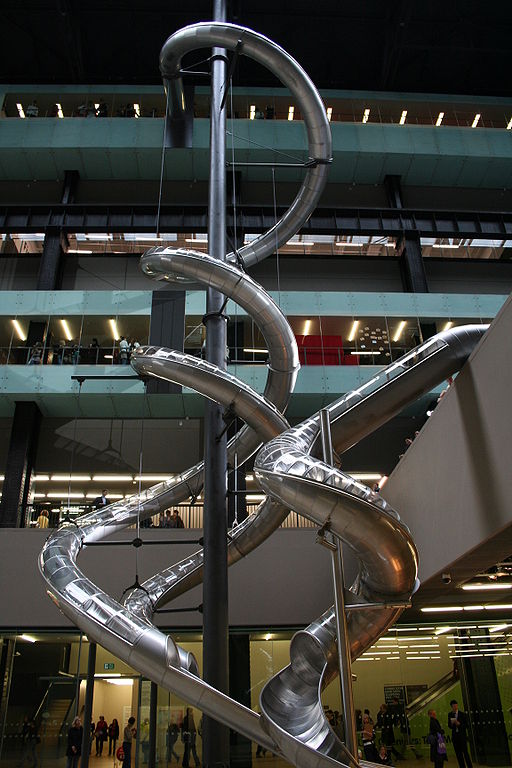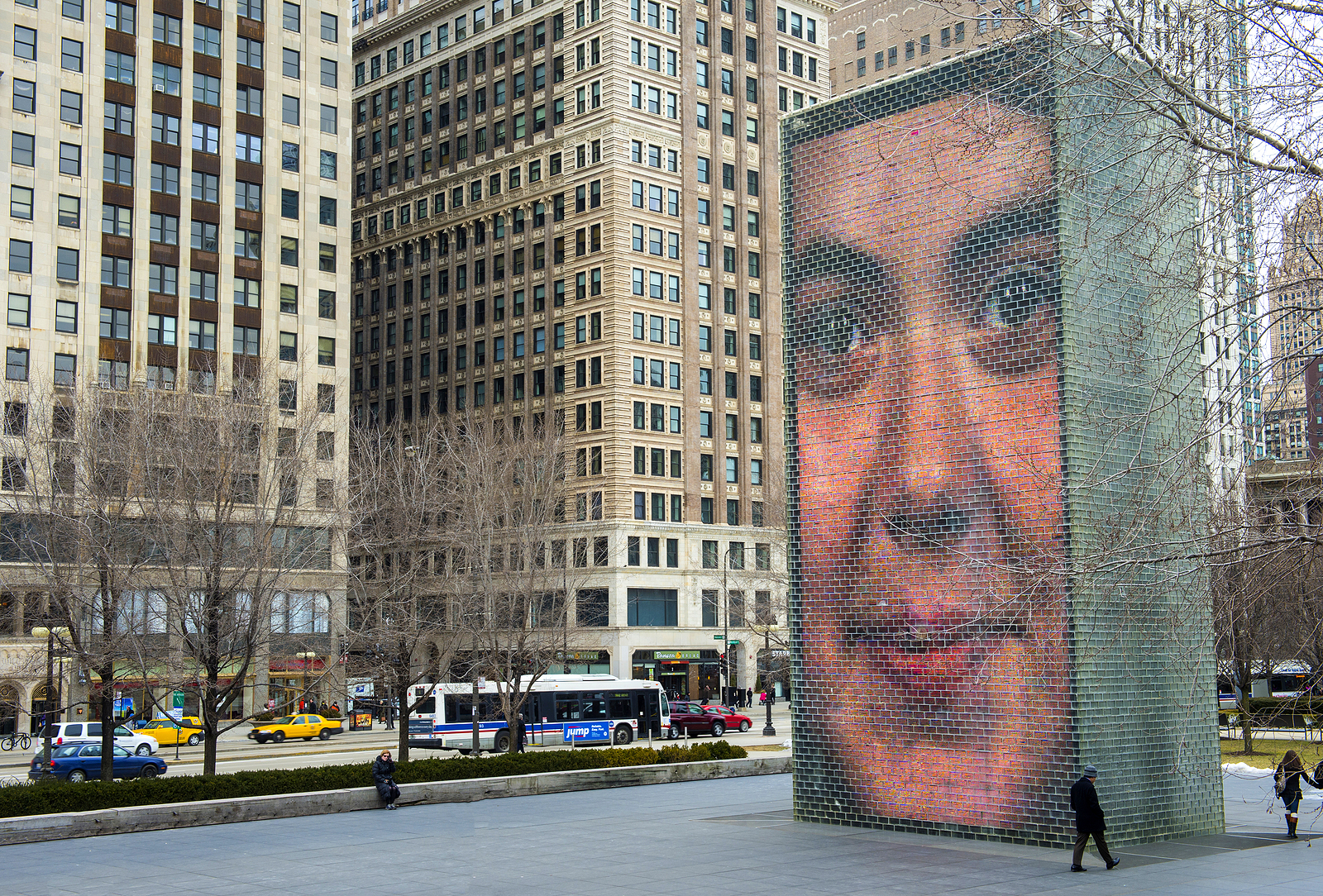The contemporary art world is drastically different from what it used to be a hundred years ago. How we interact with art has changed dramatically because we no longer see it as something to only be admired from afar. Today, artists look for opportunities to engage the audience in their art, effectively making them a part of it. Today, we will try to answer the question of “What is interactive art?” and discuss some of the most well-known examples of this medium.
What is interactive art?
Interactive art is a form of art that involves the participation of the audience. Interactive art can be digital, featuring sensors and computers, or traditional, for example, installations. It can also exist completely in a virtual form: one of the most prominent examples of such artwork is a website created by the net art duo JODI.
Famous examples of interactive art
Allan Kaprow, Yard
Created in 1961, Yard was an interactive piece created by the artist Allan Kaprow. He recreated a junkyard in the Martha Jackson Gallery’s sculptural garden, filling the space with car tires. The audience interacted with the environment, rearranging and climbing tires and walking on them. At the time, Yard was considered a revolutionary piece that disrupted the barriers between life and art. To this day, it is considered one of Kaprow’s most influential works.
Rirkrit Tiravanija, Untitled (Free)
Rirkrit Tiravanija, a Thai artist, turned the gallery backrooms into a dining hall. For Untitled (Free), his first solo exhibition at 303 Gallery in SoHo, Manhattan, he moved the art from the backrooms and opened a temporary kitchen in the emptied space. During the show, Tiravanija personally cooked Thai curry and gave it off for free to the visitors of the gallery. The artist is known for giving his audience an experience of belonging and togetherness instead of art objects.
Carsten Höller, Test Site
Carsten Höller, a German artist, created an interactive piece featuring slides. Displayed in Tate Modern, Test Site was an installation of several slides that connected the floors of the museum building. The visitors to the museum were encouraged to slide down the metal tubes (and many did). Höller turned the museum space into a playground where people were given a chance to experience vibrant emotions and let go of control.

So, what is interactive art? As you can see, this art form is incredibly diverse. There is no one way to interact with your audience, and talented contemporary artists keep proving it time after time. For example, take your time to visit the Crown Fountain by Jaume Plensa in Millennium Park in Chicago (featured image).



